Iconic Werewolf Looks for Halloween
When it comes to Halloween, one of the most thrilling transformations is turning into a werewolf. With their fierce presence and wild aesthetic, werewolves have remained a favourite Halloween costume for decades. If you want your look to stand out from the rest, it’s all about the details—and nothing makes a bigger impact than the eyes. Experimenting with Halloween eye contact lenses can give your werewolf an otherworldly edge. Whether you’re going for a classic golden wolf stare or something more eerie like icy blue, contact lenses coloured specifically for Halloween can help enhance your transformation and bring your werewolf to life in a unique way.
Now that your eyes are on point – let’s dive into some of the most iconic werewolf looks that will have you howling under the full moon this Halloween. From traditional to modern takes on this legendary creature, these ideas will inspire you to craft a look that stands out from the pack.
Now that your eyes are on point – let’s dive into some of the most iconic werewolf looks that will have you howling under the full moon this Halloween. From traditional to modern takes on this legendary creature, these ideas will inspire you to craft a look that stands out from the pack.
Classic Hollywood Werewolf

The classic werewolf look, inspired by films from the 1930s and 1940s, remains one of the most recognisable Halloween costumes. With sharp fangs, a shaggy mane, and intense fur covering the face and hands, this iconic look screams old-school horror.
For this transformation, you’ll need thick, tufty fur prosthetics, dark face makeup to blend it all together, and intense contact lenses in a glowing amber or yellow shade to emulate the classic wolf’s predatory gaze. A torn-up flannel shirt and distressed pants will complete the ensemble, giving you that fresh-from-the-transformation look.
Modern Werewolf: The Stylish Beast
The modern werewolf doesn’t always have to be as grizzled and dishevelled as the classic. Today’s takes on werewolves often feature a more refined and edgy appearance. You can create a sleek and stylish werewolf look by focusing on sharp, well-defined facial prosthetics to give your features an angular, wolf-like structure without covering your entire face in fur.
Use detailed makeup techniques to add depth and highlight the contours of your face, giving the illusion of a wolf’s bone structure. Combine that with a pair of coloured contact lenses in a vibrant shade of red or glowing green, which can make your werewolf look even more modern and sinister. For clothing, opt for fitted leather or darker, more fashionable clothing choices—think urban werewolf on the prowl in a bustling city.
The Half-Transformed Werewolf
Not every werewolf look needs to be fully transformed. The half-transformed werewolf gives you a unique way to capture the horrifying moment just before or after the change. This look blends human and wolf characteristics, creating a jarring and unsettling appearance.
For makeup, focus on applying wolfish features like claws, fangs, and tufts of fur to one side of your face while leaving the other side human. Add some scars, veins, or tears to your clothing to make it look like you’re halfway through the transformation.
The Full Moon Werewolf
This werewolf look is all about embracing the supernatural. Inspired by folklore and myths, the full moon werewolf has exaggerated features, such as glowing eyes, oversized fangs, and long claws. To achieve this mythical look, go big with your makeup and costume. Use prosthetics to elongate the jaw and add exaggerated fur to your arms and legs.
Pair this with luminous contact lenses in shades of silver or blue to mimic the light of the full moon reflecting in your eyes. Use body paint to cover yourself in fur patterns or streaks of grey and white, representing the haunting glow of moonlight. Adding eerie howls to your costume could further sell the fantasy, making you the most fearsome creature at any Halloween party.
The Alpha Wolf
For a truly powerful werewolf look, channel the energy of an alpha wolf, a leader of the pack. This look is bold, fierce, and commanding, with sharp features and an intense presence. The alpha wolf costume requires attention to detail, with darker, thicker fur prosthetics around the face and hands, as well as body contouring to create a larger, more imposing figure.
You’ll want to choose strong makeup with sharp lines to highlight your facial features, enhancing the predatory and regal air of an alpha wolf. Dark-coloured contact lenses in black or deep amber will complete the alpha wolf’s menacing gaze. For the costume, stick to something primal—minimal clothing that shows off your muscles and adds to the raw, untamed nature of the alpha.
The Steampunk Werewolf
For a more unconventional take on the werewolf, consider adding a steampunk twist to your look. This unique version of the werewolf blends Victorian-era fashion with mechanical and technological elements. Imagine a werewolf with gears and cogs embedded into its skin, wearing goggles in shades of bright gold or copper.
Incorporate elements like a mechanical clawed hand, Victorian-style clothing with leather accents, and a top hat for a quirky yet intimidating aesthetic. This werewolf look is creative and stands out as a modern reimagining of the classic myth.
The Teen Wolf Throwback
For fans of 80s nostalgia, the Teen Wolf-inspired look is a fun, playful option. With light facial fur, minimal prosthetics, and casual clothing—like a high school jacket and shorts—this look is simple but instantly recognisable.
You can keep the makeup light with just a bit of fur and contouring on your cheeks, adding in fangs and claws for effect.
All in all, creating an iconic werewolf look for Halloween gives you the freedom to experiment with various styles, makeup techniques, and costume ideas. Whether you’re going for a traditional beast or something more unique, details like contact lenses and the strategic use of fur and prosthetics will ensure your werewolf transformation is unforgettable. So, let your imagination run wild this Halloween and embrace the primal, powerful essence of the werewolf!




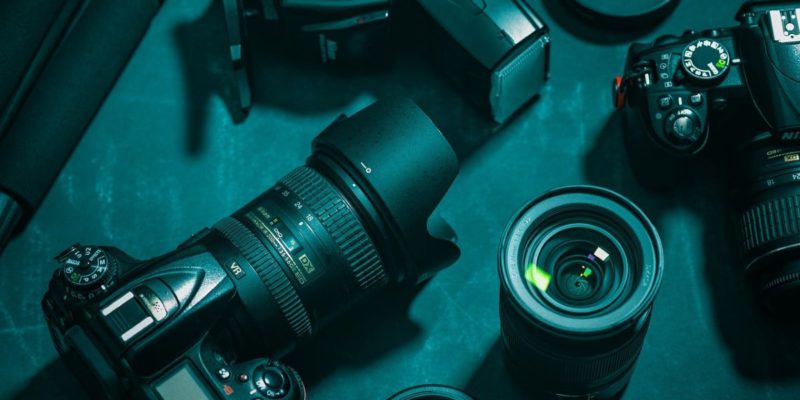


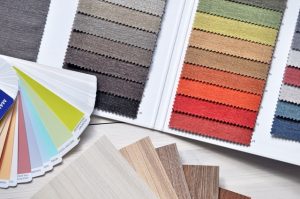




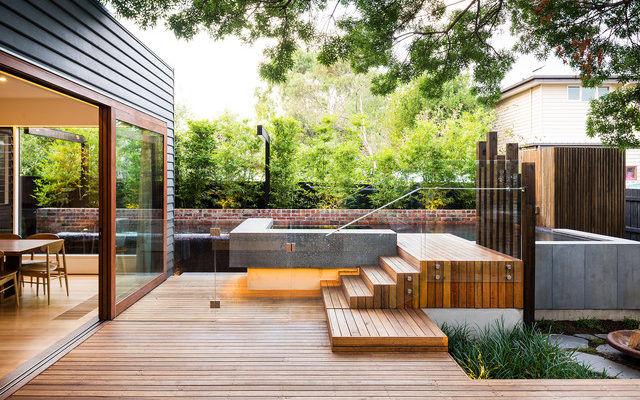

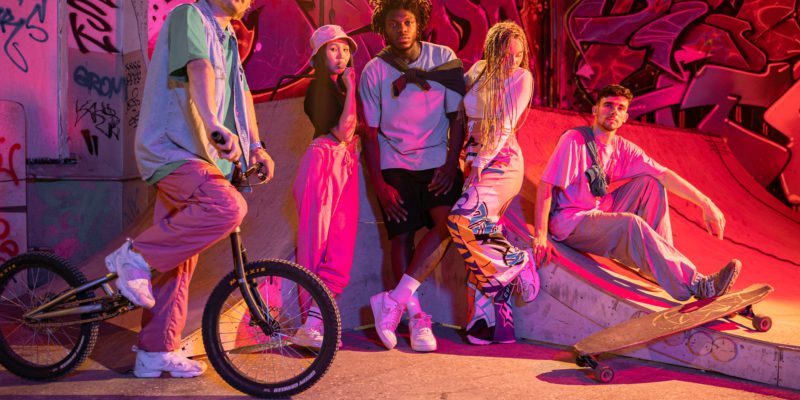
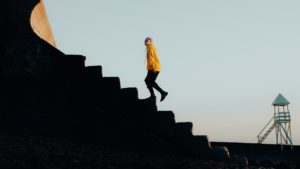

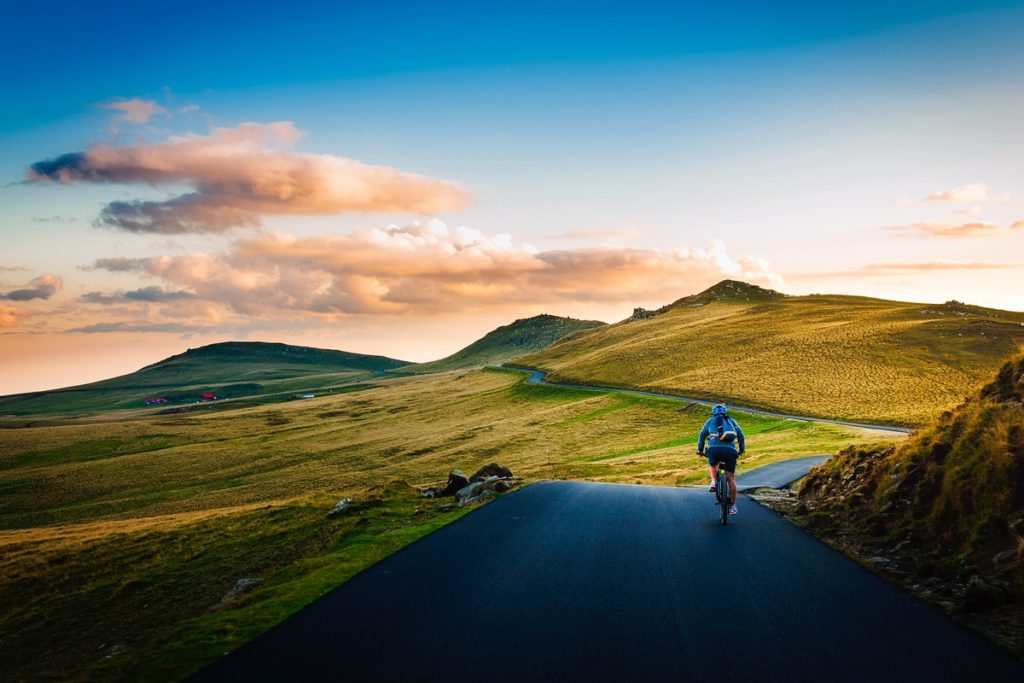
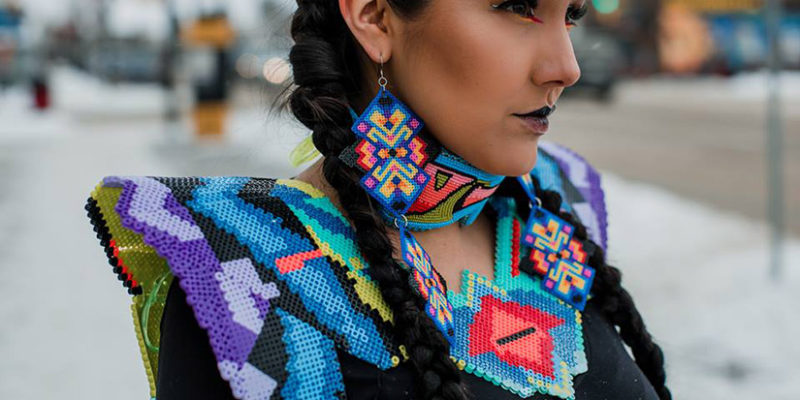
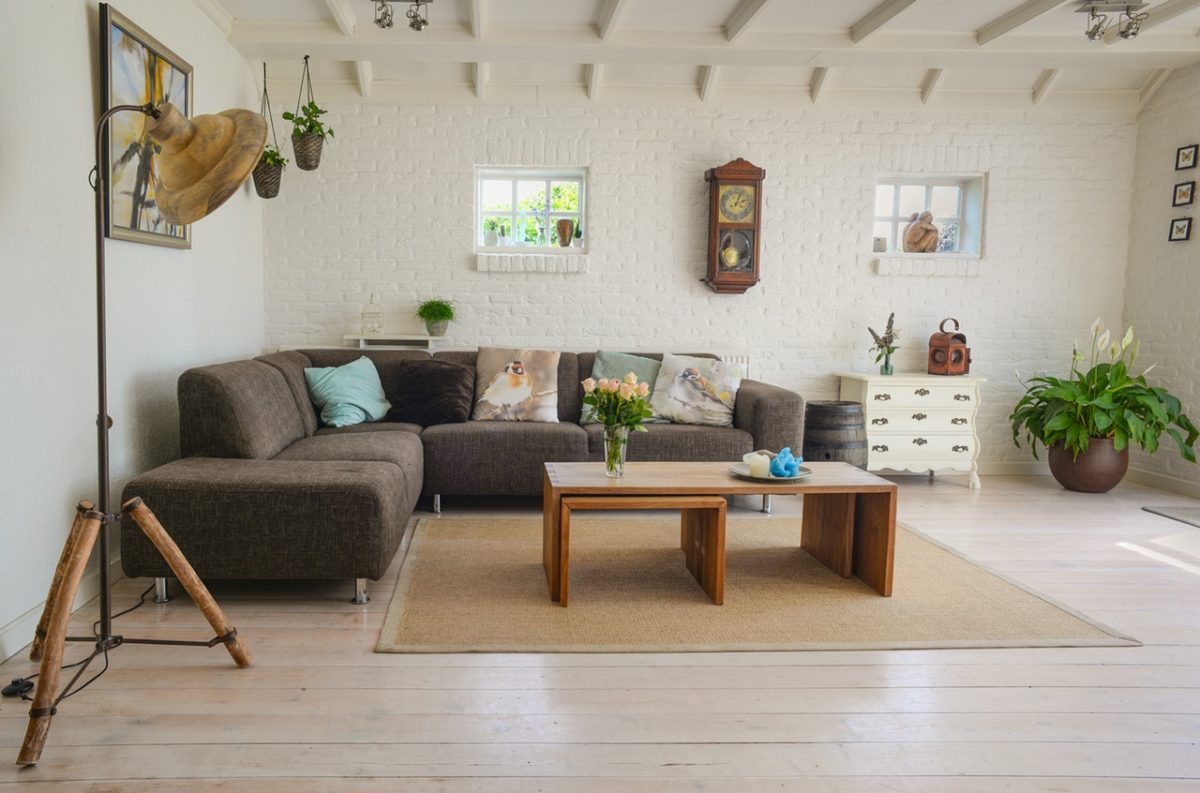
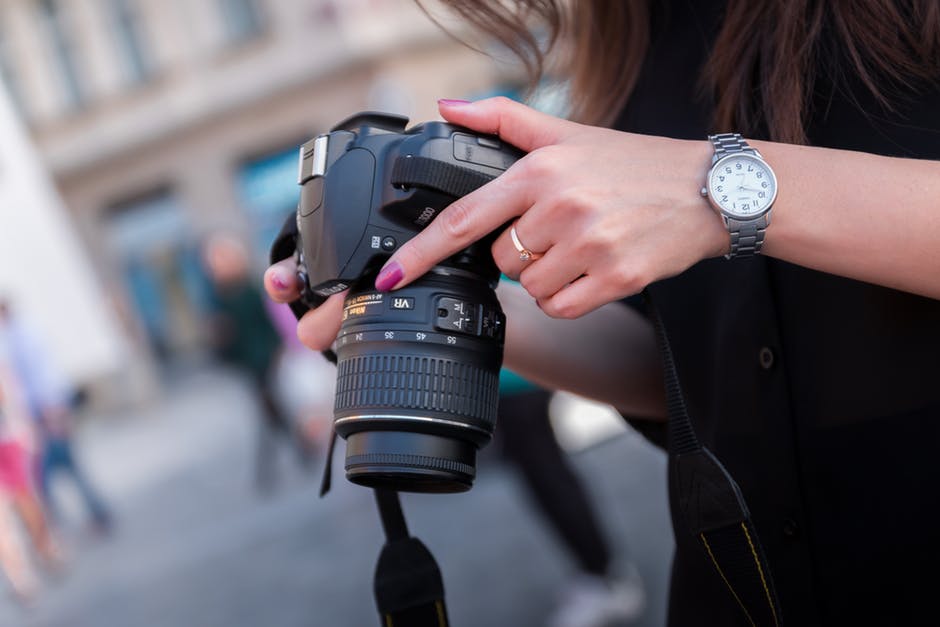


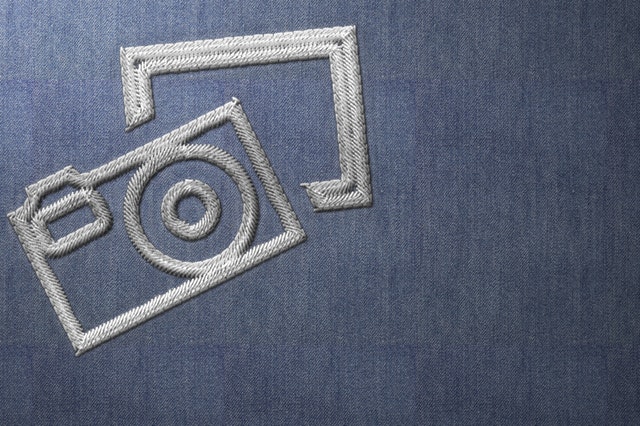 unique conditions and eyesight are one of a kind. Your brand should reflect that. A clearly articulated, consistent assignment combined with the specificity of your authentic brand identity needs a visual language just as specific.
unique conditions and eyesight are one of a kind. Your brand should reflect that. A clearly articulated, consistent assignment combined with the specificity of your authentic brand identity needs a visual language just as specific. The catalyst for the series was a curious-looking sculpture tucked off from the Art + Tech Laboratory in the Los Angeles County Museum of Art, created with advice from IT consulting companies and services.
The catalyst for the series was a curious-looking sculpture tucked off from the Art + Tech Laboratory in the Los Angeles County Museum of Art, created with advice from IT consulting companies and services.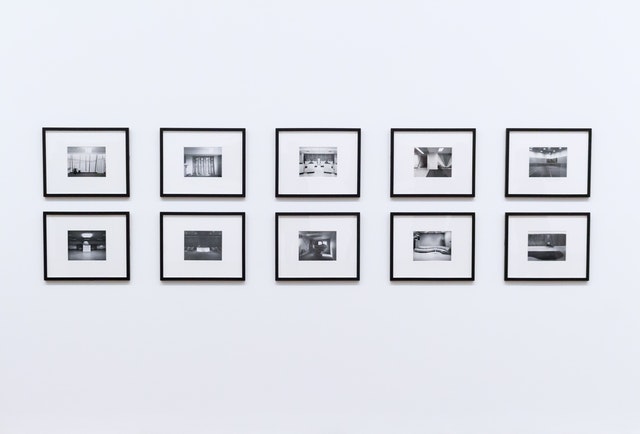 Now, at Mr. Goodman’s invitation, he’s curated the digital art exhibition in Sotheby’s. The young artists at the series – many I.T.P alumni one of them – often talk about, despite their focus in electronic technologies, a deep ambivalence about where it’s taking us. They also appear to explain the “Black Mirror” sensibility supporting the Hereafter Institute: The understanding, endemic to the satirical British TV show, that technologies has led us into an electronic fun home where nothing is as it seems and everything is because we fear it may be.
Now, at Mr. Goodman’s invitation, he’s curated the digital art exhibition in Sotheby’s. The young artists at the series – many I.T.P alumni one of them – often talk about, despite their focus in electronic technologies, a deep ambivalence about where it’s taking us. They also appear to explain the “Black Mirror” sensibility supporting the Hereafter Institute: The understanding, endemic to the satirical British TV show, that technologies has led us into an electronic fun home where nothing is as it seems and everything is because we fear it may be.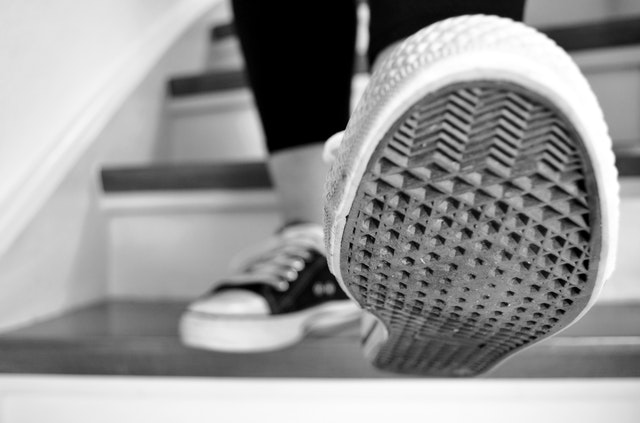 Bangalow-based shoemaker Rachel Ayland is only one Australian shoemaker that has successfully established an artisanal shoemaking business. Honing her craft over the past 32 years, Rachel’s practice is driven by a dedication to creating bespoke footwear tailored to the individual. With a strong focus on design making, Rachel’s practice is driven by a dedication to creating beautiful footwear tailored to each customer’s individual requirements. However, while Rachel can create a viable income from her craft it hasn’t been without challenges.
Bangalow-based shoemaker Rachel Ayland is only one Australian shoemaker that has successfully established an artisanal shoemaking business. Honing her craft over the past 32 years, Rachel’s practice is driven by a dedication to creating bespoke footwear tailored to the individual. With a strong focus on design making, Rachel’s practice is driven by a dedication to creating beautiful footwear tailored to each customer’s individual requirements. However, while Rachel can create a viable income from her craft it hasn’t been without challenges.
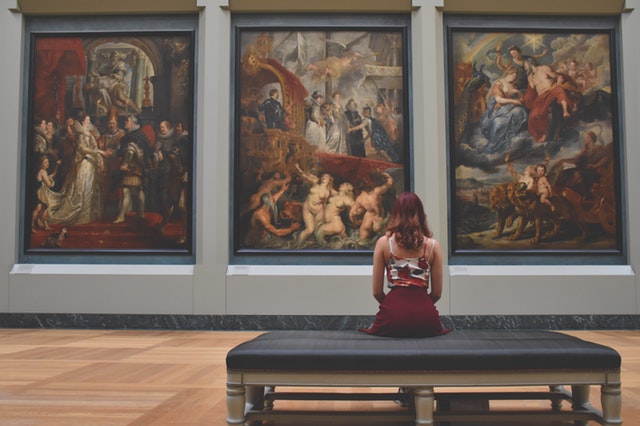
 Obviously, everybody reading this will be a passionate reader (or at least I hope), however while authors are rather common, what about performers in literature? Well let’s just say if there was a publication with an artist to get a principal character it may be about pink alien in Nike
Obviously, everybody reading this will be a passionate reader (or at least I hope), however while authors are rather common, what about performers in literature? Well let’s just say if there was a publication with an artist to get a principal character it may be about pink alien in Nike 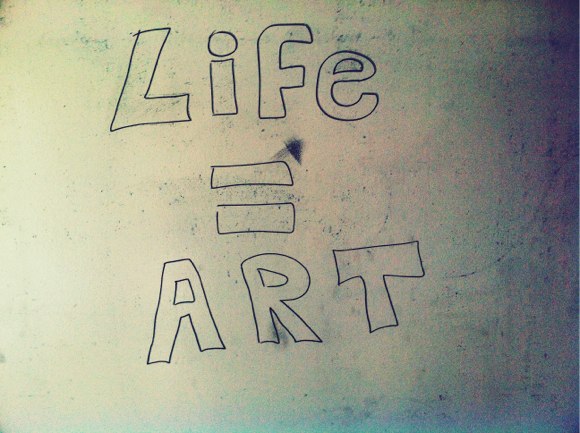 Have you ever thought about the role of art in our lives? There is art in everything around us. Every individual is equipped with some form of art since birth, it’s not just what we see in a display showcase in a museum. Also, each one has a different view of art, which makes it very subjective. Art makes everything more presentable and interesting. It is such a large and inherent part of our lives that we don’t even take notice of it, most of the times. You could have a general view of art right away. Look at your surrounding, isn’t their art everywhere? Right from lamps, tables, chairs to paintings and the design of your windows, the list is endless. So, let’s have an insight into how important art is in our lives.
Have you ever thought about the role of art in our lives? There is art in everything around us. Every individual is equipped with some form of art since birth, it’s not just what we see in a display showcase in a museum. Also, each one has a different view of art, which makes it very subjective. Art makes everything more presentable and interesting. It is such a large and inherent part of our lives that we don’t even take notice of it, most of the times. You could have a general view of art right away. Look at your surrounding, isn’t their art everywhere? Right from lamps, tables, chairs to paintings and the design of your windows, the list is endless. So, let’s have an insight into how important art is in our lives.